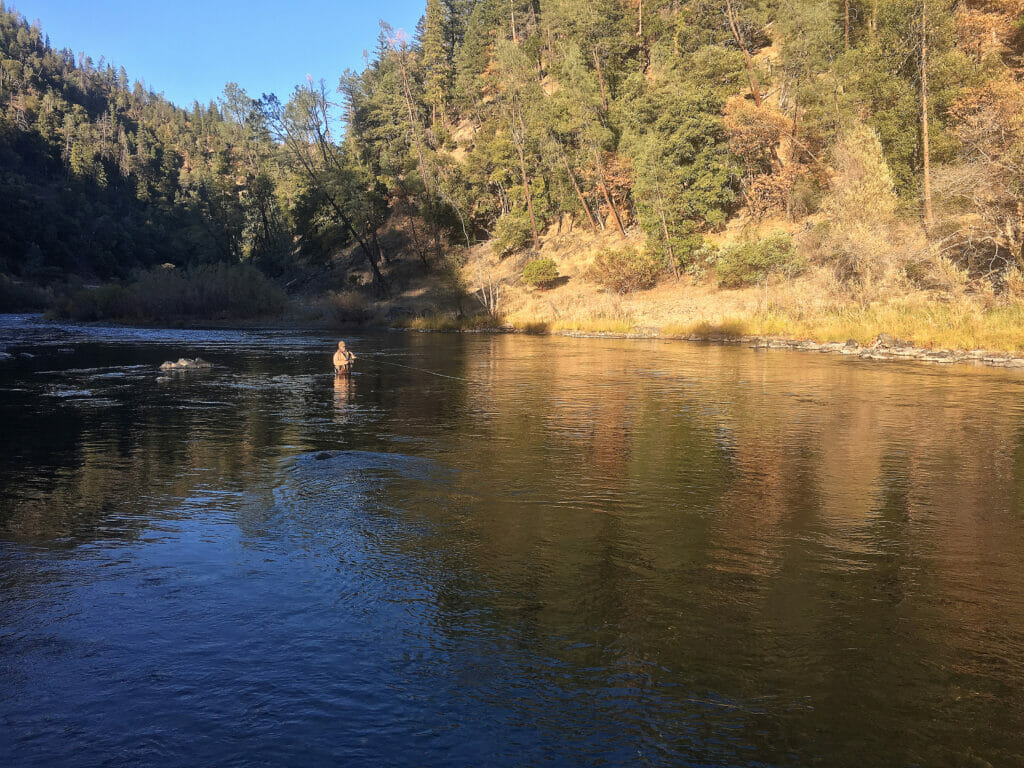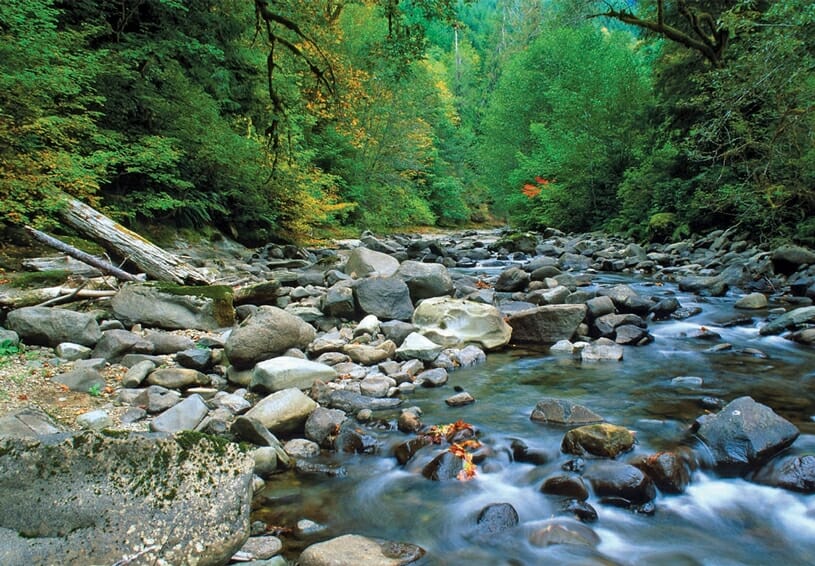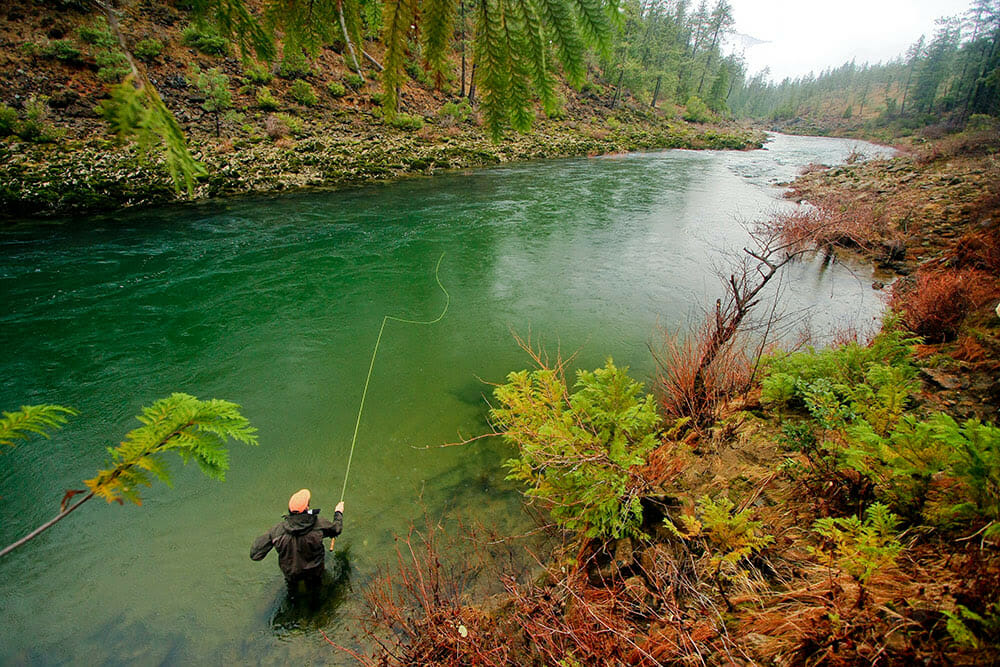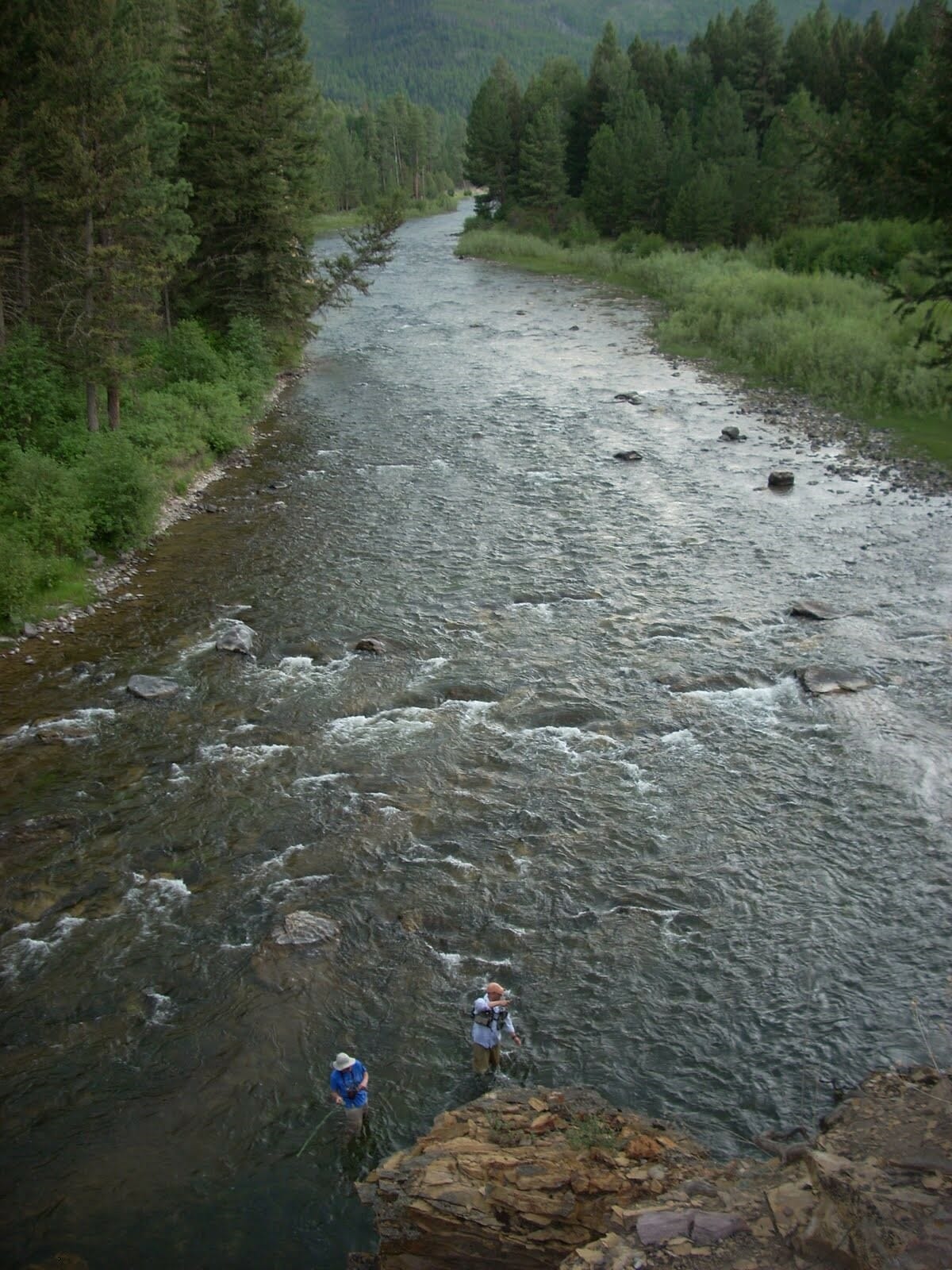Public lands are vital for trout fishing in America. Any decent map proves this.
A hearing in the U.S. Senate on Oct. 19 provided a major opportunity to highlight the importance of public lands for coldwater conservation and to advance legislation that will better protect and restore some of the most famous trout, salmon and steelhead streams in the West. The Senate Subcommittee on Public Lands, Forests and Mining reviewed five pieces of legislation strongly supported by Trout Unlimited. These bills have already passed the House.
“Our outdoor traditions rely on two factors: healthy habitat and access,” said Corey Fisher, public land policy director for Trout Unlimited. “These bills will secure opportunities for quality hunting and fishing and make sure that our public lands support healthy fish and wildlife populations for generations to come.”
Kate Miller, TU’s director of government affairs, said, “We are pleased to see the Senate taking up these issues, and will keep pushing to advance our public lands conservation priorities through these bills.” Miller added that TU will provide ongoing updates on how members and supporters can help support these balanced conservation solutions and other actions that sustain our wild trout and salmon stocks and keep America’s unique sporting heritage alive.
TU submitted a formal statement to the subcommittee endorsing passage of:
Protecting native trout and wildlife habitat from speculative oil and gas development. S. 607, the End Speculative Oil and Gas Leasing Act of 2021, would help curb speculative oil and gas leasing and support responsible energy development by promoting a more balanced approach to multiple use management on our public lands. S. 607 authorizes BLM to focus oil and gas development in regions where there is a high likelihood for actual development and production; this would directly benefit coldwater resources, since 68% of native trout habitat in the West is found on BLM lands with little to no oil and gas development or production potential.

Protecting and restoring salmon, steelhead and wild trout habitat and sustaining coldwater fishing opportunities in California. Coldwater habitats on many of California’s public lands are suffering from a variety of ailments, including more frequent and severe wildfire and drought as well deterioration of vital infrastructure, illegal trespass cannabis cultivation, inconsistent monitoring of resource conditions and wildlife populations, and increasing recreational use. S. 1459, the PUBLIC Lands Act, is a legislative package that includes three bills strongly supported by TU, as they would better protect and restore some of California’s most iconic salmon, steelhead and trout waters, boost protection of biodiversity and landscape resilience to climate change, and help make access to the outdoors more equitable.
- The Northwest California Wilderness, Recreation and Working Forests Act will help protect and restore famous steelhead and salmon fisheries in the Eel, Trinity, and Mad rivers, rehabilitate areas degraded by illegal cannabis grows, improve public access for recreation, restore forest health and reduce risks to local communities from catastrophic wildfire.
- The San Gabriel Mountains Foothills and Rivers Protection Act will better protect segments of the San Gabriel River through Wild and Scenic River designations. The San Gabriel River is one of the few streams in Southern California that offer trout fishing, and scientists have documented remnant genes of the rare southern steelhead in native trout populations here.
- The Central Coast Heritage Protection Act will designate 159 miles of central California coastal streams as Wild and Scenic Rivers and help conserve coldwater habitats and fishing opportunities in a semi-arid region with few coldwater fishing opportunities — including Sespe and Piru Creeks, two of only three state-designated Wild Trout streams in southern California.

Protecting the headwaters of the last undammed salmon and steelhead river in California from hardrock mining. Up and down the West Coast, wild salmon and steelhead runs are in decline. To recover and sustain these species, and the multi-billion dollar commercial, recreational, and tribal fisheries they support, we must strengthen protections for those “strongholds” that continue to provide clean, cold water for fish and people and the ecological integrity to help buffer salmon and trout against the impacts of climate change. The Wild and Scenic Smith River is one of the premier salmon strongholds on the Pacific Coast. But proposed industrial-scale mining in its headwaters could devastate water quality and the wild salmon and steelhead of this river. S. 1538, the Smith River National Recreation Area Expansion Act is broadly supported legislation that will permanently protect the Smith River by withdrawing the last 8,000 acres in the watershed now vulnerable to strip mining from new mining claims.

Permanent protection for coldwater habitat, salmon and steelhead runs, and fishing opportunities in southwest Oregon.S. 1589, the Oregon Recreation Enhancement Act, would permanently protect some of the mostfamous salmon and steelhead streams in the Lower 48 by establishing the Rogue Canyon and Mollala National Recreation Areas; expanding the Wild Rogue Wilderness; and withdrawing from new mining claims and development the headwaters of the Pistol River and Rough and Ready and Baldface Creeks in the Kalmiopsis. The Rogue is home to exceptional runs of fall Chinook and summer and winter steelhead, as well as thriving populations of black bear, Roosevelt elk, and blacktail deer, while the Kalmiopsis provides some of the most intact habitat for anadromous fish species in the Lower 48. The Molalla River produces over 25% of endangered Willamette Basin winter steelhead and provides drinking water for more than 25,000 people.
Protecting and restoring the Blackfoot River. Montana’s Blackfoot River is an iconic trout stream and a poster child for the benefits of collaborative, long-term river restoration efforts for fish and people. TU’s Big Blackfoot Chapter was created in 1987 with the purpose of restoring this legendary fishery, and has worked with diverse partners and private landowners to conserve the working landscapes and habitats of this watershed. This collaboration has driven more than $15 million in investments for more than 750 restoration projects, to reconnect tributaries, install fish screens, and improve habitat over 500 stream miles while helping agricultural and ranching operations and boosting the local economy through job creation. S. 1493, the Blackfoot Clearwater Stewardship Act, will provide meaningful protections for restored habitats, ensure access and sustain the Valley’s rural heritage and agricultural economy. It will also permanently protect almost 80,000 acres of backcountry headwater streams and hundreds of miles of spawning tributaries for Westslope cutthroat trout and threatened bull trout.
Our national forests, state and national parks, BLM lands and wildlife refuges provide multiple benefits for coldwater fish and people, including a remarkable diversity of habitats, clean water, a broad spectrum of outdoor recreation opportunities, and buffers against the ravages of climate change. Read more about these bills and why they are important for coldwater conservation here.



